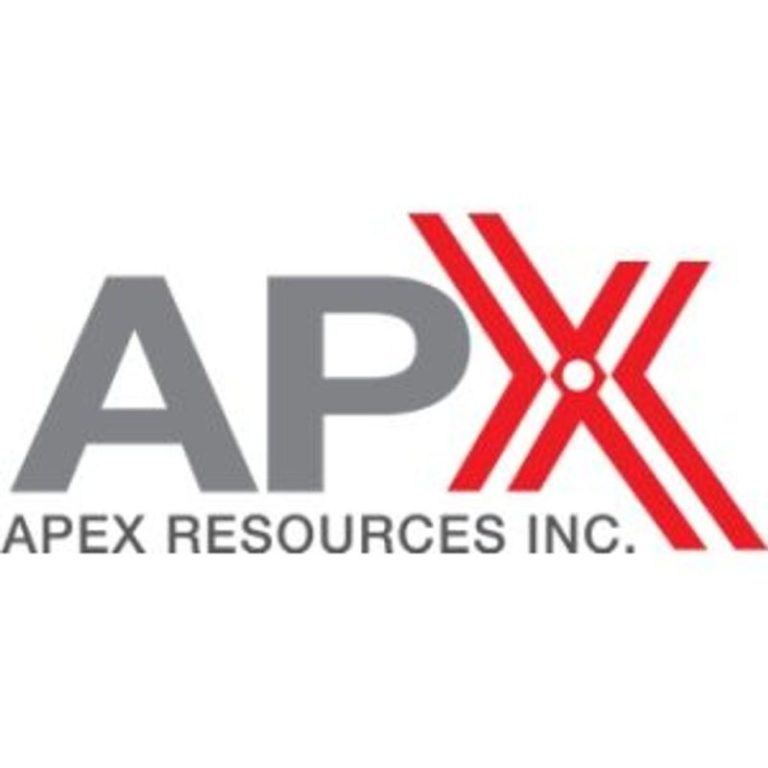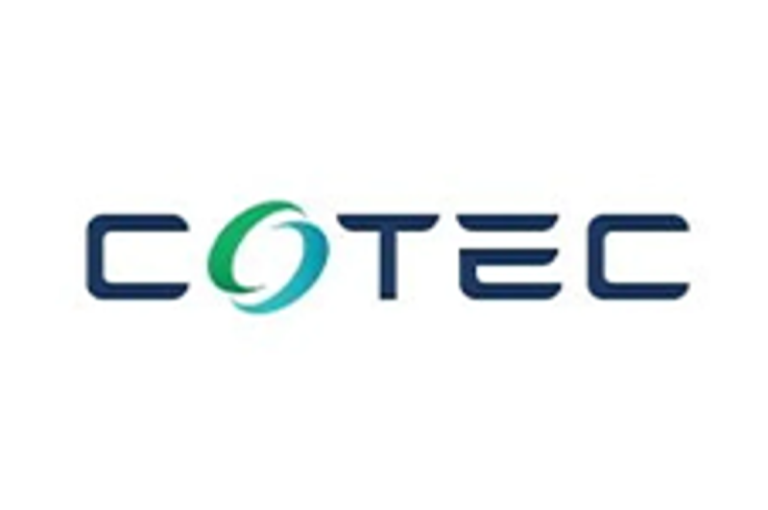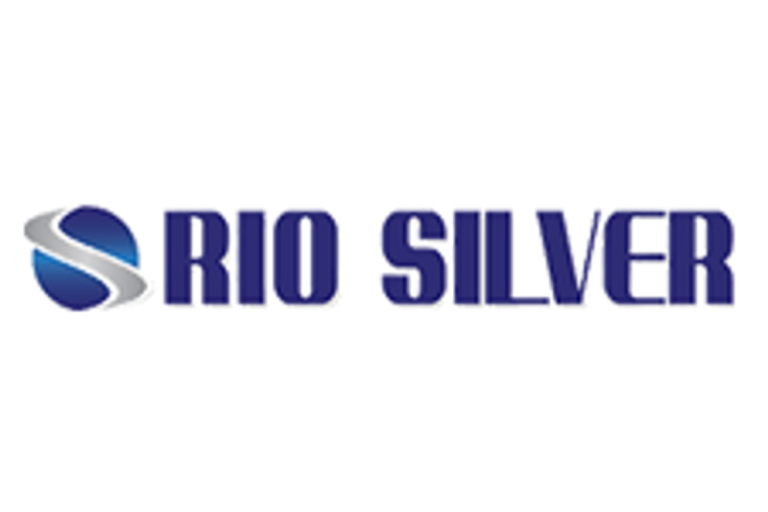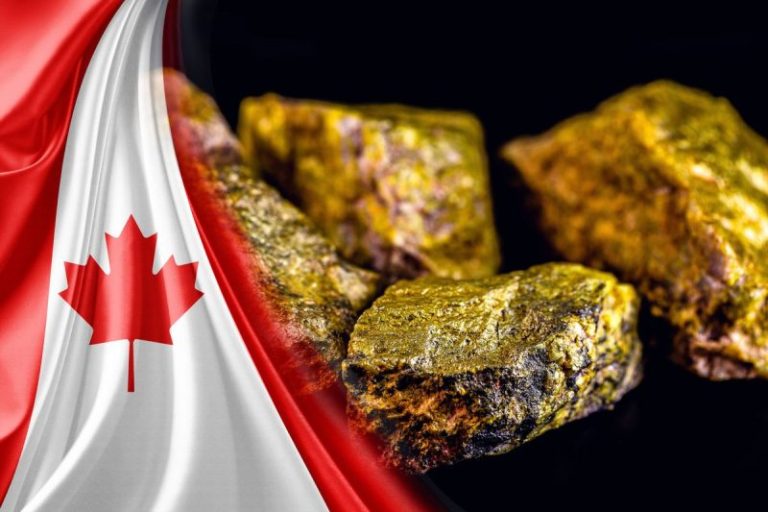80 Mile PLC (’80M’ or the ‘Company’), the AIM, FSE, and OTC listed exploration and development company, is proud to announce a series of major commercial developments at its Ferrandina biofuels facility in southern Italy, (‘Ferrandina’) underscoring the strong and growing demand for sustainable aviation fuel (‘SAF’), hydrotreated vegetable oil (‘HVO’), and biodiesel across Europe.
80M Assumes 100% Ownership of Hydrogen Valley:
The Company and Hydrogen Valley (‘HV’) have agreed to revised terms (‘Revised Terms’) to the acquisition agreement announced 19th December 2024 (https://80mile.com/regulatory-news/75603) governing the Ferrandina ownership structure. Under the new arrangement, 80 Mile will increase its interest in HV to 100%. Further details to the Revised Terms are noted below.
New MOUs:
Strategic MOU with Fortune 500 Energy Company:
In a landmark step, the Company’s 100%-owned Greenswitch Srl (‘Greenswitch’) has signed a Memorandum of Understanding (‘MOU’) with one of the World’s largest integrated energy companies (the ‘Group’), a publicly listed business ranked in the top 10% of the Fortune 500. This entity is a globally recognised, vertically integrated, leader in refining, petrochemicals and logistics.
Under the terms of the MOU, the Group will supply up to 80,000 tonnes per annum (‘tpa’) of renewable feedstocks to the Ferrandina plant beginning 1 November 2025. These will include Palm Oil Methyl Ester (‘POME’), both crude and refined, as well as Repurposed Used Cooking Oil (‘RUCO’), delivered to the port of Taranto, approximately 70 kilometres (‘km’) from the facility.
This guaranteed supply strengthens Ferrandina’s commercial model, ensuring reliable input for the production of biodiesel and SAF while positioning Greenswitch as a cornerstone in Europe’s transition to low-carbon energy.
Tolling MOU with Ludoil Energia – 50% of Plant Capacity Secured:
Greenswitch has signed an MOU with Ludoil Energia S.r.l. (‘Ludoil’), based in Civitavecchia, Italy.
- The agreement sets the framework for a biodiesel tolling arrangement, under which Ludoil will provide feedstock and HV will generate revenue solely from processing.
- No upfront feedstock purchases are required, eliminating working capital risk.
- The tolling structure is estimated to generate approximately €8 million net profit per year for HV. The other 50% of the capacity is estimated to be double that for total of €24 million net (assuming full production)
- The MOU provides for:
- Plant restart planned for December 2025 with full production in January 2026
- Annual quantities: 80,000 tpa of biodiesel in the short term, and 40,000 tpa of SAF longer term
With 80,000 tpa already secured under this tolling framework, Ludoil alone covers 50% of the Ferrandina plant’s permitted 150,000 tpa capacity, giving the Company clear revenue visibility and validating the site’s strategic importance.
MOU with JEnergy S.p.A
Hydrogen Valley has also signed an MOU with JEnergy S.p.A (‘JEnergy’), headquartered in Rome, Italy.
- Short-term framework for the supply of biodiesel and bioliquids
- Longer-term discussions on SAF and HVO supply
- Supply schedule:
- Start of biodiesel supply: January 2026
- SAF/HVO supply: 2027 onwards
- Annual agreed quantities: 10,000 tpa of biodiesel, additional bioliquids, and longer-term cooperation on SAF and HVO
Previously Announced MOUs:
NACATA Commodities
80M signed an MOU with NACATA Commodities as announced on 30 July 2025 (‘NACATA’), a leading renewable energy distributor, covering:
- Up to 120,000 tpa of feedstock supply
- Offtake of resulting products: 40,000 tpa of esterified bioliquid and 80,000 tpa of biodiesel
- Initial term: 5 years
Tecnoparco Valbasento
Greenswitch has also signed an MOU with Tecnoparco Valbasento (‘Tecnoparco’) for the procurement of up to 40,000 tpa of biofuel from Greenswitch, for use in its cogeneration units.
The agreement would shorten Tecnoparco’s supply chain, reduce shipping costs, and improve sustainability credentials by moving away from palm oil imports. The initial 40,000 tpa could increase if Tecnoparco’s affiliate industrial operators are included.
|
Counterparty
|
Agreement Type
|
Annual Quantities
|
Products Covered
|
|
Fortune 500 Energy Group
|
Feedstock Supply MOU
|
80,000 tpa feedstocks
|
POME (crude/refined), RUCO
|
|
Ludoil Energia
|
Tolling MOU
|
80,000tpa biodiesel (short-term), 40,000tpa SAF (long term)
|
Biodiesel, SAF
|
|
JEnergy S.p.A
|
Supply MOU
|
10,000 tpa biodiesel + bioliquids; SAF/HVO longer term
|
Biodiesel, Bioliquids, SAF, HVO
|
|
NACATA Commodities
|
Supply & Offtake MOU
|
120,000 tpa feedstock; 40,000 tpa esterified bioliquid; 80,000 tpa biodiesel
|
Bioliquids, Biodiesel
|
|
Tecnoparco Valbasento
|
Product Offtake MOU
|
40,000 tpa biofuel (initial)
|
Biofuel
|
Table 1: Offtake & Tolling Agreements
80 Mile 100% ownership of Hydrogen Valley Revised Terms
In consideration, for the move to 100% 80M has paid Greendome €100,000 and will issue 220,000,000 new ordinary shares in the Company (‘New Ordinary Shares) to Greendome Holdings Inc (‘Greendome’) and assume additional deferred payments to the original vendor.. If the value of these New Ordinary Shares triple before June 30th, 2026, then no further payments will be due to Greendome and the transaction under this Agreement shall be considered completed. These shares are locked in until June 2026. Otherwise the following will be payable;
- an amount equal to €750,000.00 (seven hundred, fifty thousand), in cash by wire transfer of immediately available funds on Greendome Bank Account to be made not later than the 30 June 2027;
- an amount equal to €750,000.00 (seven hundred, fifty thousand) to be satisfied by the allotment of a number of New Ordinary Shares in 80M equal to the 30 day VWAP
- an amount equal to €1,500,000.00 (one million, five hundred thousand), to be satisfied 50% in cash by wire transfer of immediately available funds into Greendome’s bank account to be made no later than the 31 March 2028 and 50% by the allotment of the corresponding number of 80M Shares (the ‘Third Shares’).
As part of the transaction, an additional 10 million New Ordinary Shares will be issued to Hydrogen Valley. In conjunction with the acquisition, Mr Mark Frascongna, current Managing Director of HV, will join 80 Mile as Chief Executive Officer of Italian operations in a non-board role. HV will become the 100% owned subsidiary of 80M.
Hydrogen Valley Limited is incorporated in England & Wales and owns 100% of Greenswitch S.r.l. Hydrogen Valley which reported a profit after tax of £1,899,205 for the year ended to 30 June 2025.
Admission and Total Voting Rights
Application will be made to AIM for the 230,000,000 New Ordinary Shares to be issued pursuant to the acquisition of Hydrogen Valley , which will rank pari passu with existing Ordinary Shares, to be admitted to trading on AIM and it is expected that Admission will become effective and dealing will commence on or before 14th November 2025
In accordance with the Disclosure Guidance and Transparency Rules, the Company hereby notifies the market that immediately following Admission, its issued and outstanding share capital will consist of 4,557,127,203 Ordinary Shares. Shareholders may use this figure as the denominator for the calculations by which they will determine if they are required to notify their interest in, or a change to their interest in, the Company under the Financial Conduct Authority’s Disclosure and Transparency Rules.
Eric Sondergaard, Managing Director of 80 Mile, added:
‘These agreements mark a step change for the Ferrandina facility. Between Ludoil, JEnergy, NACATA, Tecnoparco, and now one of the world’s largest integrated energy companies, we have clear evidence of the significant industry interest in SAF and HVO development. Importantly, the tolling arrangement with Ludoil already secures 50% of the plant’s total capacity, ensuring stable revenues while minimising working capital exposure.
‘The calibre of counterparties now engaged with Ferrandina underlines its strategic importance within Europe’s renewable fuels supply chain. By partnering with recognised leaders across the Italian and global energy landscape, we are establishing Ferrandina as a key processing hub for biodiesel today and laying the foundation for long-term growth in SAF and HVO. With industry demand accelerating, Ferrandina is uniquely positioned to support Europe’s energy-transition goals.’
About Greenswitch S.r.l
Greenswitch S.r.l. is a trailblazer in the renewable energy sector, dedicated to producing high-quality biofuels that meet global energy needs while prioritising environmental stewardship. The Ferrandina plant is a state-of-the-art facility driving the transition to a sustainable, low-carbon economy. For a high resolution flyover of the facility please follow this link, https://youtu.be/xkXV2LYqJ4c
For further information please visit http://www.80mile.com or contact:
|
Eric Sondergaard
|
80 Mile plc
|
enquiry@80mile.com
|
|
Ewan Leggat / Devik Mehta
|
SP Angel Corporate Finance LLP
(Nominated Adviser and Broker)
|
+44 (0) 20 3470 0470
|
|
Harry Ansell / Katy Mitchell / Andrew de Andrade
|
Zeus Capital Limited (Joint Broker)
|
+44 (0) 20 3829 5000
|
|
Megan Ray / Said Izagaren
|
BlytheRay
(Media Contact)
|
+44 (0) 20 7138 3204
80mile@blytheray.com
|
About 80 Mile Plc:
80 Mile Plc, listed on the London AIM market under the ticker 80M, Frankfurt Stock Exchange, and the U.S. OTC Market under the ticker BLLYF, is an exploration and development company focused on high-grade critical metals in Tier 1 jurisdictions. With multiple projects in Greenland, as well as a developing industrial gas and biofuels business in Italy, 80 Mile offers both portfolio and commodity diversification focused on base metals, precious metals, and industrial gas while expanding into sustainable fuels and clean energy solutions in Tier 1 jurisdictions. 80 Mile’s strategy is centred on advancing key projects while creating value through partnerships and strategic acquisitions.
80 Mile’s acquisition of White Flame Energy and the Jameson licenses in East Greenland has positioned the Company in one of the world’s most compelling undrilled hydrocarbon basins. Under its agreement with March GL, drilling of two fully funded wells is set to commence, with Pelican Acquisition Corporation’s merger with Greenland Exploration valuing 80 Mile’s retained 30% interest in Jameson at approximately US$92 million. This acquisition and partnership significantly expand 80 Mile’s exposure to the energy sector while advancing its strategy of developing both conventional and sustainable energy opportunities.
The Disko-Nuussuaq nickel-copper-cobalt-PGE project in Greenland is a primary focus for 80 Mile, 100% owned by 80 Mile PLC. Seven priority targets exhibiting spatial characteristics indicative of potential deposits on a scale comparable to renowned mining operations such as Norilsk, Voisey’s Bay, and Jinchuan, will be advanced by the Company.
The Dundas Ilmenite Project, 80 Mile’s most advanced asset in northwest Greenland, is fully with a JORC-compliant Mineral Resource of 117 Mt at 6.1% ilmenite and an offshore Exploration Target of up to 530 Mt. Dundas is poised to become a major supplier of high-quality ilmenite. Recent discoveries of hard rock titanium mineralisation, with bedrock samples showing nearly double the ilmenite content of previous estimates, further enhance the project’s world-class potential. 80 Mile owns 100% of the Dundas Ilmenite Project under its subsidiary Dundas Titanium A/S in Greenland.
80 Mile PLC has executed an asset purchase agreement with Amaroq Minerals Ltd. (AIM, TSXV, NASDAQ Iceland: AMRQ) to divest its 100% interest in the Kangerluarsuk zinc-lead-silver project in Greenland. Under the terms of the agreement, 80 Mile will receive US$500,000 in Amaroq shares upon completion, with a further US$1,500,000 payable in cash or shares upon the discovery of an economic deposit, defined by a JORC or NI 43-101 compliant resource that supports development.
Forward-Looking Statements
This press release includes forward-looking statements that involve risks and uncertainties. Forward-looking statements are statements that are not historical facts. Such forward-looking statements, including with respect to the initial public offering, are subject to risks and uncertainties, which could cause actual results to differ from the forward-looking statements. No assurance can be given that the initial public offering will be completed on the terms described, or at all, or that the net proceeds of the offering will be used as described in the offering prospectus. The Company expressly disclaims any obligations or undertaking to release publicly any updates or revisions to any forward-looking statements contained herein to reflect any change in the Company’s expectations with respect thereto or any change in events, conditions or circumstances on which any statement is based.
Source
This post appeared first on investingnews.com










